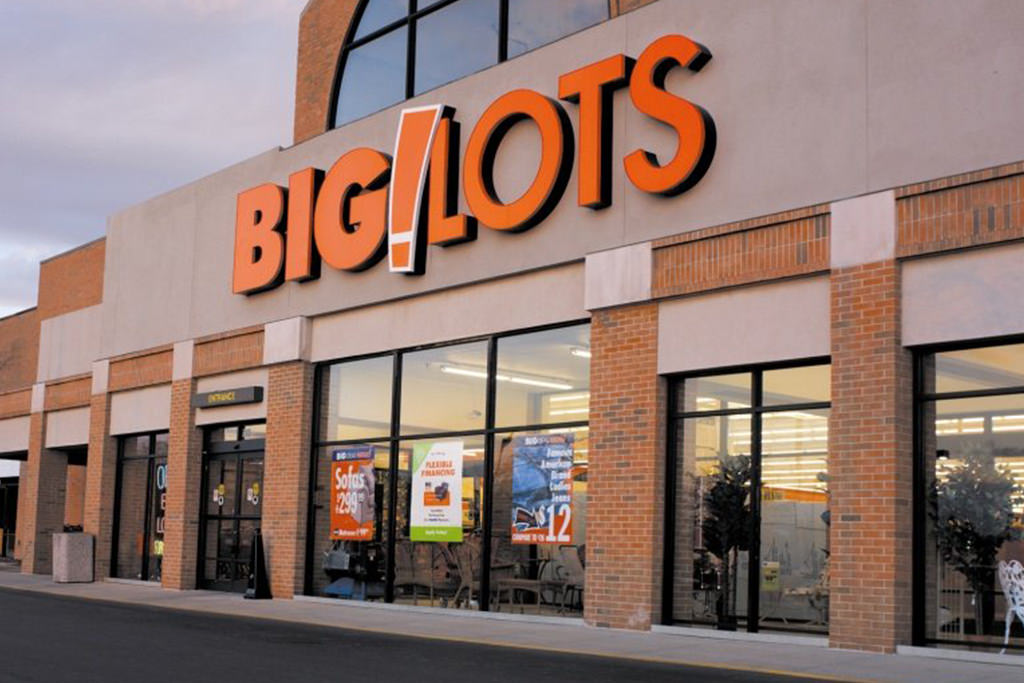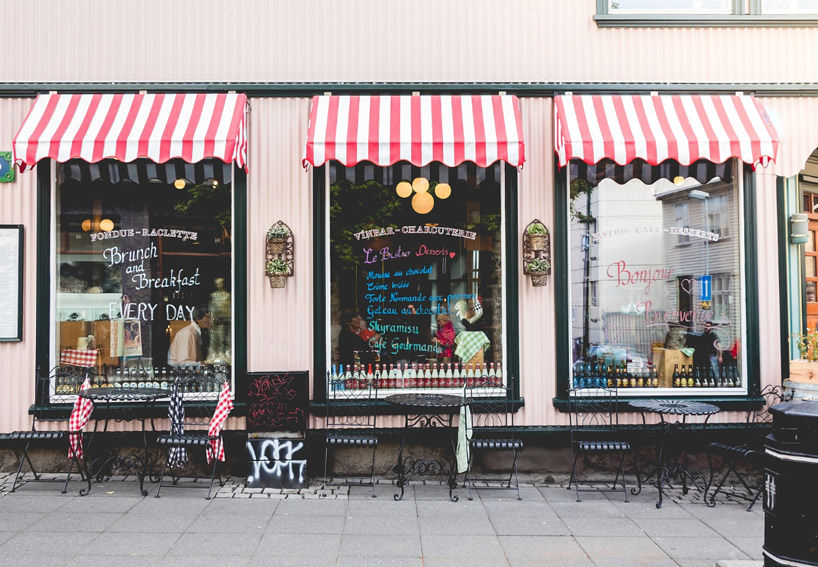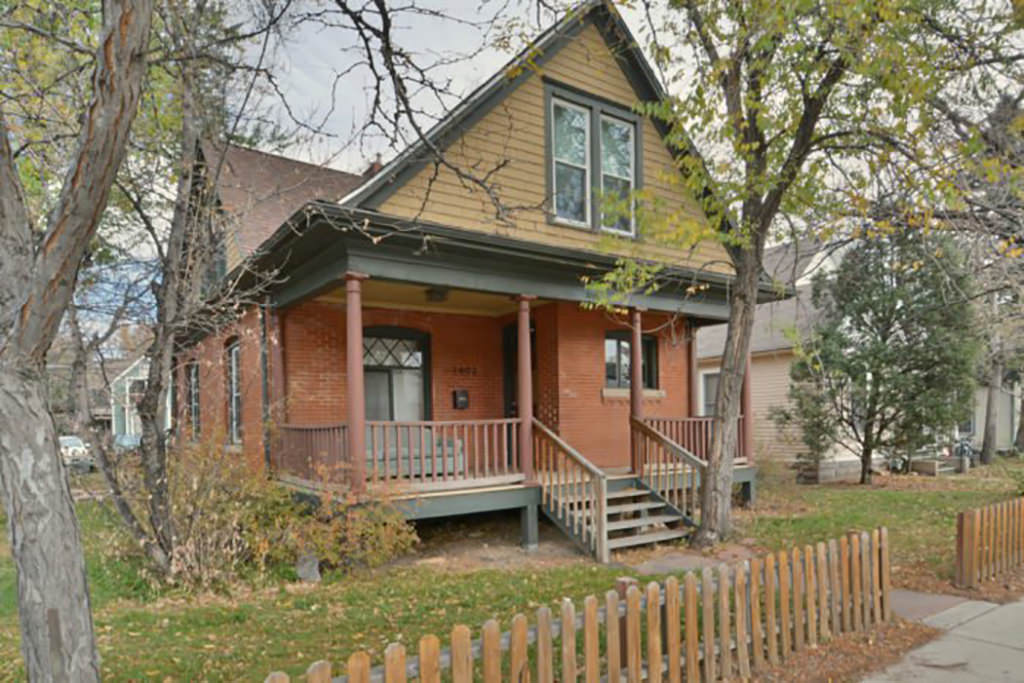How Discount Stores Have Managed Better Retail Earnings
As the news of yet another shut down of big box retailer, Toys “R” Us, broke last week, disruptionin the brick-and-mortar retail sector appears to be at an all-time high. However, while big shutdowns seem to dominate the news, one retail sector has quietly been on the rise for 5 years: the legendary discount store. The discount store model Dollar Tree, Family Dollar, Dollar General, Big Lots. So many monikers and they are everywhere. They make their offering unmistakable: necessities like hydrogen peroxide, ziplock bags, and toothpaste at impossibly low prices. And their simple strategy – economy of scale and low-budget, mid-sized properties – appears
Why Everyone is Moving from the Costs to the Boulder Area
There has been a lot of buzz about the boom of mid-tier markets, particularly those located along the sun belt and in the west and south. Of Amazon’s list of 20 finalist cities to host its second headquarters, 12 are non-coastal cities. In the fourth quarter of last year, Redfin reported that users in more expensive, high-tax coastal markets like San Francisco, New York, and Los Angeles, searched for homes in metro areas like Sacramento, Phoenix, Las Vegas, and Nashville where taxes are lower, the weather is friendly, and housing is more affordable. Many mid-tier markets in the middle of
Trends Changing Retail Part 2: Predictive Technology and Dynamic Pricing
Last week, we looked at two recent trends changing
Four trends changing retail and what it means for commercial real estate: Part 1
Last week we looked at some recent retail transactions in Boulder that suggest quite a change to Boulder’s landscape. In this post, we explore some trends changing retail and what this means for commercial real estate investors, particularly in Boulder. There is no question that online shopping continues to grow. In 2010, there were 34 billion visits to U.S. stores. By 2013, there were 17.6 billion (according to Elite Wealth Management). But other trends suggest that retail is not dying, but just shifting its role. It is critical for commercial real estate investors to understand the factors – including product, industry and
What is a 1031 Exchange and will it work for you?
A 1031 Exchange is a relatively simple addition to the process
How tax reform will impact commercial real estate
The Tax Cuts and Jobs Act, which passed December 20 of 2017, means big changes to the tax code. Real Estate leans heavily on taxes to propel investments. Let’s take a look at how a few things from the tax reform will impact commercial real estate. REIT REIT don’t tell Many commercial real estate investors use REITs (Real Estate Income Trusts). REITs provide income to investors in the form of dividends from things like rent and mortgage interest (but not from capital gains when properties are sold). The tax reform offers a lower tax rate on the dividends they pay out. Bottom
How retail is changing and what it means for Boulder investors
Retail is changing. And several recent restaurant closures
Boulder Multi-Family Investing
Trying to break into the Boulder multi-family market? Here is some information on why now might be a good time. Boulder has a housing problem. According to data compiled by Re/Max of Boulder and reported in the Boulder Daily Camera, the median price of a single family home in Boulder jumped to $905,000 last year, a 15 percent increase over the previous year. At the same time, the vacancy rate for rentals stands at a low 4.4 percent, according to a 2016 community profile released by the city of Boulder. Additionally, many who live here are not able to work here. About
Featured Listing: Multi-Family Property in the Heart of Downtown Boulder
1603 Arapahoe Avenue, Boulder, CO This multi-family property in the heart of downtown Boulder is the fantasy, people. The creme de la creme. The holy grail. The ultimate American dream: a two-unit Boulder income property with wall-to-wall character and a picket fence to match. And the location? A full-fledged fairytale. It's short walking distance to all the best of Boulder: 0.4 miles to CU and Naropa and just 0.3 miles to the Pearl Street Mall and Boulder Creek Path. Legally Zoned Duplex Allowing Four Unrelated Occupants/Unit Unit 1: 4 Bed/2 Bath ($965/Bed) Unit 2: 3 Bed/2 Bath ($945/Bed) Six Parking Spaces Great









